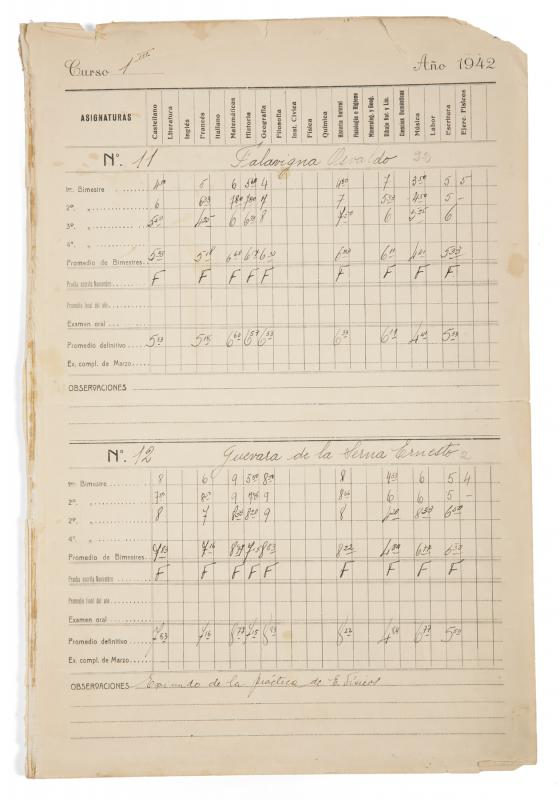KGB Artifacts Come to Auction, Raising Intrigue and Concerns
The Soviet Union’s security committee, the KGB, operated under a thick veil of secrecy. Decades after the Soviet Union’s fall, many still find themselves curious about the KGB’s tactics and the technology they employed. That includes the father-daughter team Julius Urbaitis and Agne Urbaityte, who curated what they believe to be the largest collection of KGB artifacts in the world. Now, Julien’s Auctions will make those pieces available as part of its Cold War Relics sale.

Collectors will have the opportunity to bid on 240 different KGB artifacts. Top lots include a cipher machine, which agents used to both create coded messages and decode them (lot #343). This particular model, the M-125-3M (codenamed: FIALKA), was more intricate than its previous iterations. It allowed for new daily keys, which made messages harder to decode for those outside the KGB.
Other lots show what espionage was like on the go in the mid to late 20th century. That includes a ring (lot #128), purse (lot #147), and tie (lot #142), all with secret cameras. The camera inside the purse, for example, is hidden by a fly-shaped emblem. When a spy was ready to capture an image, all they needed to do was shift the fly.

Lithuanians Julius Urbaitis and Agne Urbaityte originally compiled these KGB artifacts as part of a for-profit museum in Manhattan. The KGB Espionage Museum opened in January of 2019. It was forced to permanently close less than two years later, in October of 2020, due to the economic stress of the COVID-19 pandemic.
Urbaitis wished to keep the museum apolitical. He hoped his exhibits would educate instead of preach a particular mindset. “From the first day of the museum’s operation, we have had a huge sign that we are apolitical,” Urbaitis told The New York Times.
But critics said those who wish to profit from KGB technology also need to take sides on its troubling history. They believed this was particularly important for younger visitors, who may be more familiar with KGB agents from James Bond films than real life. Smithsonian Magazine writer Patrick Sauer argues “the genocidal history of the Soviet regime… can easily get lost in the whole Spy vs. Spy, Get Smart, ‘Moose and Squirrel’ vibe.”

Sauer also points out that the KGB’s campaign of censorship and tampering happened within recent memory. How are survivors of the USSR’s surveillance state supposed to accept the commodification of KGB technology?
These criticisms did not close alongside the KGB Espionage Museum. They follow these artifacts to their latest apolitical, for-profit habitat: the auction house. Bidders will have to decide how to handle historical memorabilia with clear political gravity.
Julien’s Auctions is also aware of the recency of the KGB and its continuing political implications, even if the auction house may not agree with every criticism. Darren Julien, President and CEO of Julien’s Auctions, called the lots on offer, including the KGB artifacts, “a fascinating look at the geopolitical, economic and cultural upheaval of that time, whose impact resonates more than ever in [the 2020 presidential election cycle].”

Beyond KGB artifacts, bidders can also consider other items related to Cold War-era figures. That includes a 1942 report card for Ernesto “Che” Guevara (lot #89). At that time, the 14-year-old Guevara attended Cordoba, Argentina’s Colegio Nacional de Monserrat. The report indicates he earned especially high grades in math and geography.
The Cold War Relics auction begins at 1:00 PM EST on February 13th, 2021. Interested bidders can register on the Julien’s Auctions website.
Want to read more about moral issues facing the auction industry? Auction Daily recently discussed art world diversity, from the progress being made to the blindspots still prevalent.












